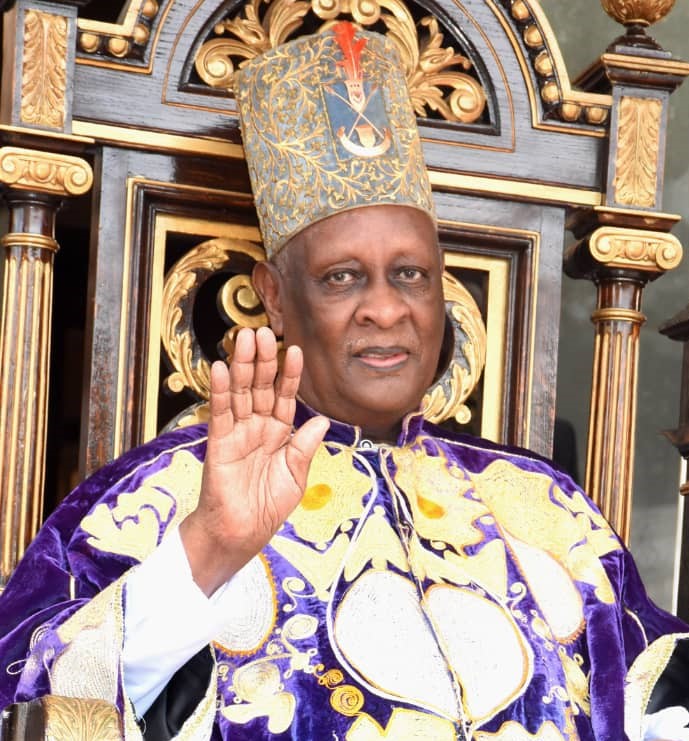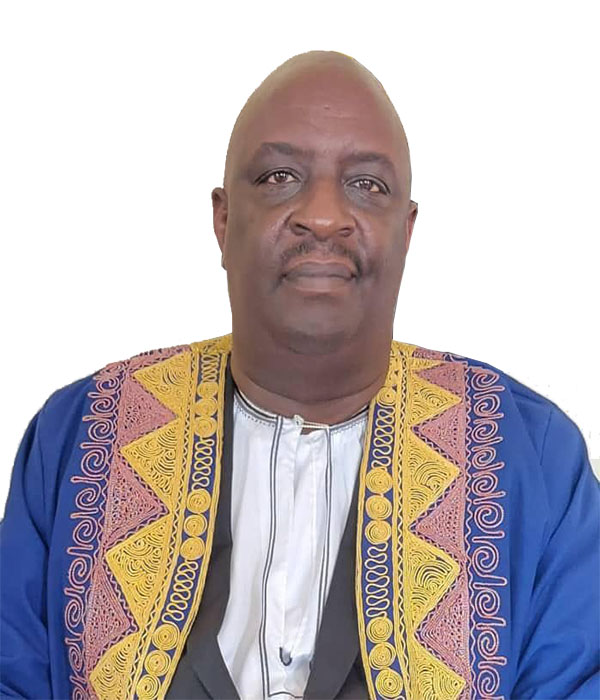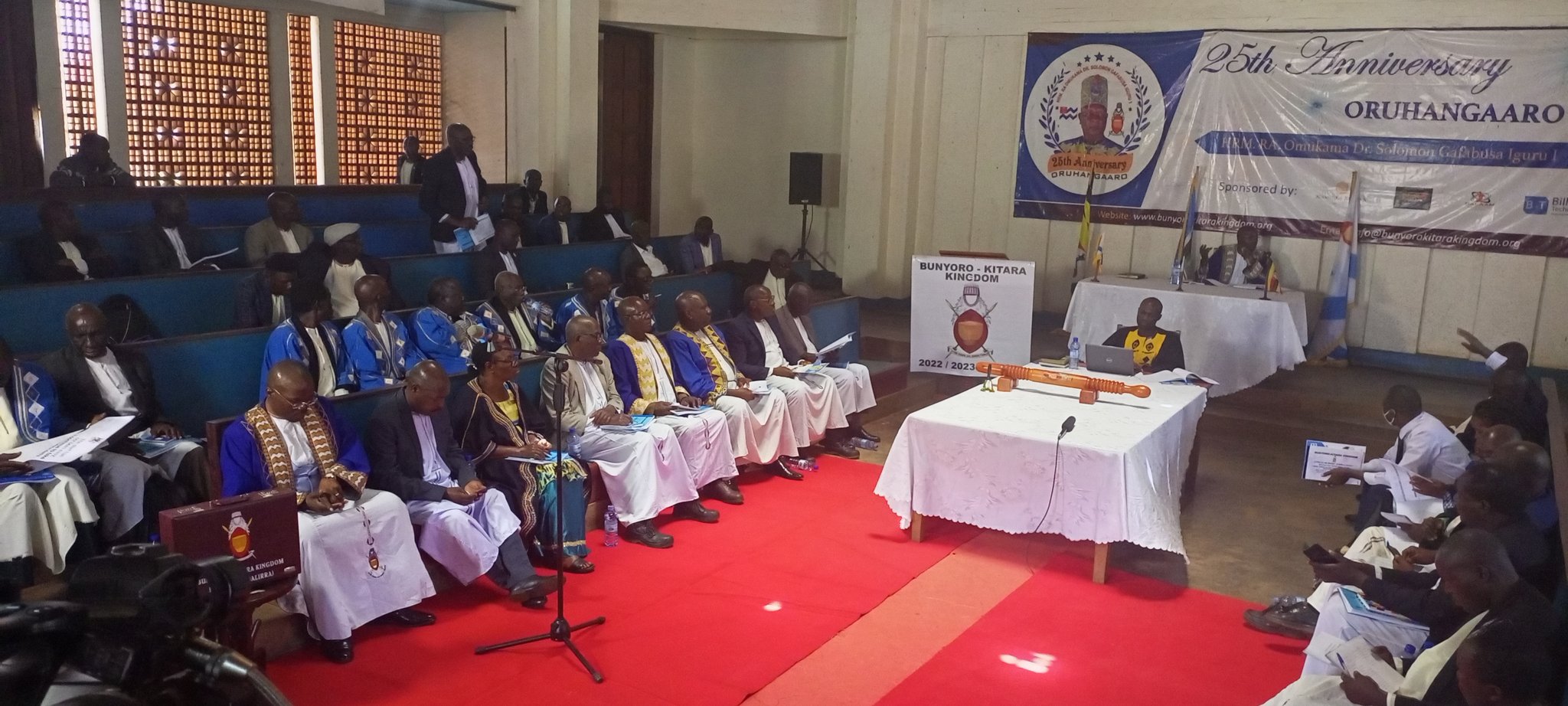Up until 1899 when the Anglo-Nyoro war ended in Bunyoro-Kitara Kingdom with the Capture and subsequent exile of Omukama Kabalega, Bunyoro was a sovereign state, and politically, the King had absolute authority over his subjects. With introduction of the central mode governance of Uganda by colonialist, the King retained authority over his subjects as a cultural head. He appointed the county chiefs (Abamasaza) to administer each county. Below them were sub county chiefs (Abagomborozi) who were sub-county administrators. These received reports from parish chiefs (Abemiruka) and Sub-parish chiefs (Abatongole). At the very grass root were the village chiefs (Bakuru b’emigongo). With this hierarchical arrangement the king’s messages used to reach at the grass root very fast. These structures are still maintained todate in the kingdom administration setup.
Later on the office of the Prime Minister (Omuhikirwa) was established to head the civil service of the entire Kingdom. All county chiefs report to him and he in turn reports to the King.
Other Structures of the Kingdom include:
- Orukurato (Parliament), the legislative arm of the Kingdom
- A Ministerial Cabinet
- An Elder’s Council
- The Principal Private Secretary (PPS) to Omukama
- Other Supporting Administrative and Secretarial Offices



